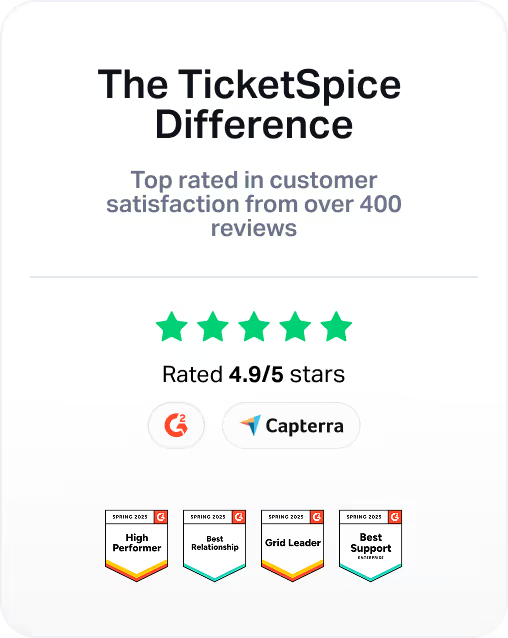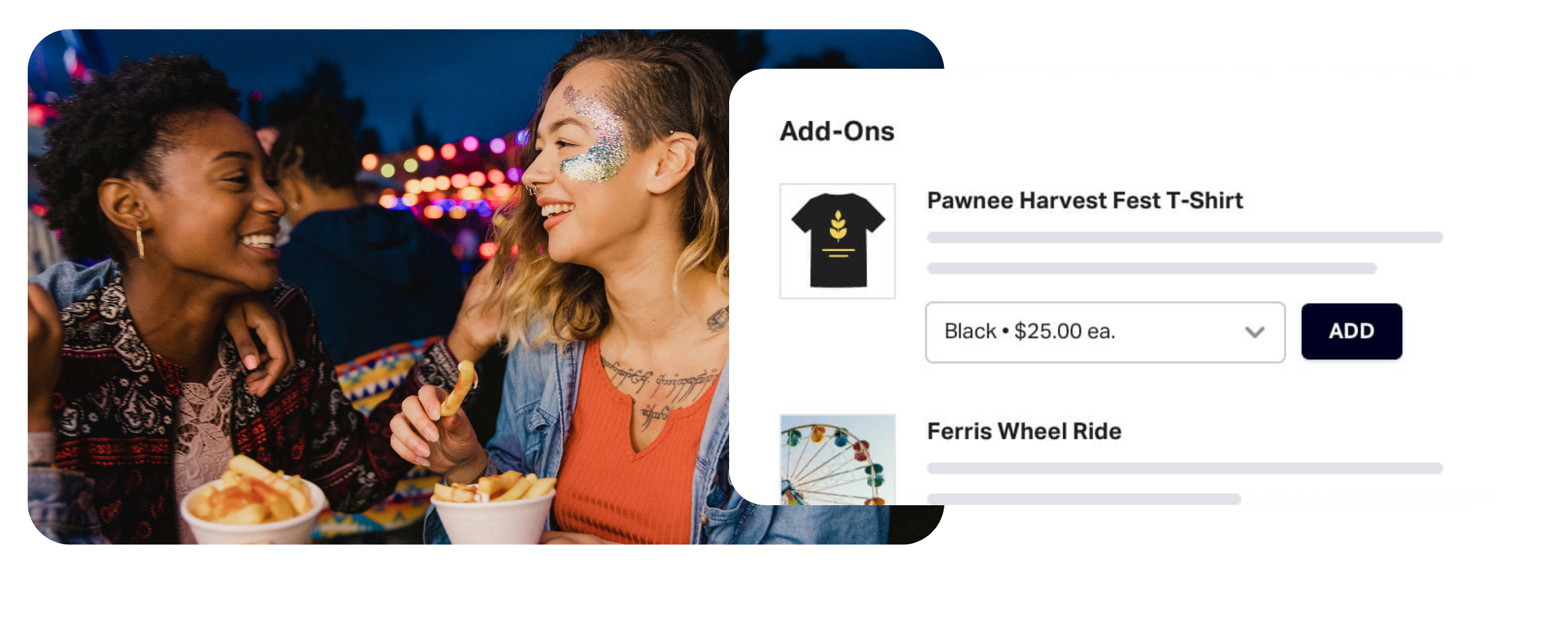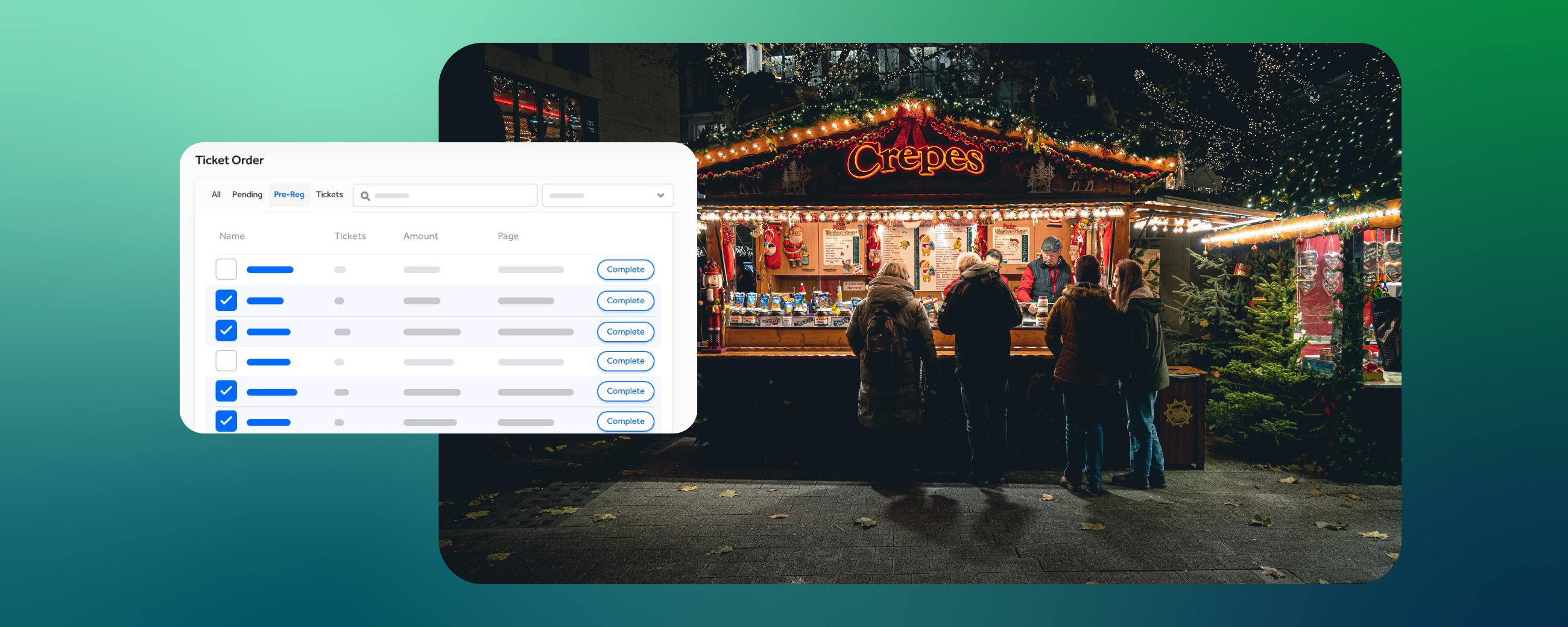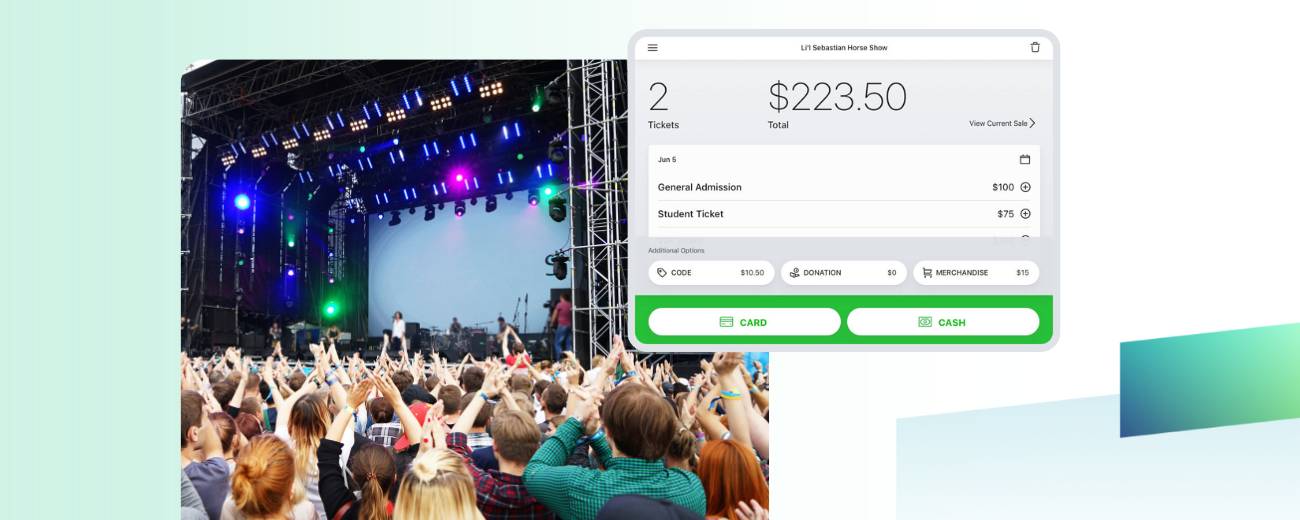What if we told you that you could grow your event revenue by 15% without increasing attendance? You would be all ears, of course, which is why you should lean in close as you read this article. Today, we’re going to teach you a powerful pricing strategy, aptly named “The Power Curve.”
Event pricing is rarely a one-size-fits-all kind of equation. Ticket levels and VIP stamps are not the only variables that give you leverage to raise your rates. With demand-based pricing, you charge a price based on the date, time, or remaining ticket inventory.
Let’s break down the three types of price curves!
Curve 1: Peak Time
Many events have a natural ebb and flow of people based on the most popular times. Berry picking farms, for example, see far more crowds in the morning while the berries are fresh and the weather is cool, whereas haunted houses attract more people in the dark and spooky nighttime hours.
If your event has clear crowd surge hours, you can charge a higher rate for the peak.
Those who absolutely must see the haunt on Friday night will pay the higher price. Other attendees, such as younger families, will gladly accept discounted tickets to a 4:00 pm haunt.
Bonus: The Power Hour
If your event involves picking something—like strawberries or flowers—arriving late could mean missing the harvest. That said, it doesn’t have to mean missing the fun.
You can offer a steeply discounted “power hour” ticket for the late afternoon.
Even if it doesn’t include the berries, kids will still have a blast jumping around in the bounce house while the adults get a buzz at the beer garden.
Curve 2: Demand Days
Does your event look like a mob on weekends and a ghost town on weekdays? If so, base your price on the demand of the day. In a nutshell, demand will drive the peak-day purchases, whereas incentive will drive the off-peak-day purchases.
Since weekends tend to see higher volumes of crowds, charge a higher rate (10%+) for Saturday and Sunday tickets and offer a discount for weekdays.
If your event is Holiday specific, you can also charge more for those coveted days of tickets. When you dial in your demand day pricing, it will help ensure your haunted house event never feels like a ghost town—even if it is haunted.
Curve 3: Available Inventory
With this strategy, you use the number of tickets remaining to incentivize purchasing. As the ticket inventory goes down, the price goes up along with the demand.
While it’s true that people procrastinate, they tend to procrastinate less when money is on the line. Feel free to post the inventory price tiers on your website to incentivize even further.
Implementation Plan
1. Set actions to show or hide certain tickets based on weekday, weekend, or time of day.
2. Set an action to increase the price once the remaining threshold inventory is hit. Or show a new ticket type with promo language.
3. Map out your plan with our TicketSpice solutions team.
The airlines have been doing this for years, and they’ve literally taken off. You can implement it for your event, too.
For more detailed instructions, respond to this email! Our team is ready to help you host your most successful event ever!





















